A controversial $50 billion, Chinese-built construction project will upend life in Nicaragua.
PLAYA GIGANTE, Nicaragua—
Each day in Playa Gigante, sometime between noon and 2 p.m., the rhythmic splash of white-tipped Pacific rollers is interrupted by the roar of 20-or-so villagers who congregate on the sand to greet the return of the previous night’s fishing trip. Sons, daughters, wives, uncles, aunts, and friends help haul the wooden boats out of the water, as stray dogs chase mangy pigs around the half-crescent beach and children drape T-shirts over their heads to seek solace from the midday sun.
The scene is village life at is its most idyllic. I watch from the beach, the salty aroma of fresh snapper, grouper, and mahi-mahi wafting in my direction as the villagers haul the catch in blue and white ice buckets from boat to beach.
This is the way it’s always been. But life here could soon change dramatically.
A controversial $50 billion coast-to-coast canal project connecting the Pacific Ocean to the Atlantic, sanctioned by Nicaragua’s Sandinista government and funded by a Chinese investment company called HKND, threatens to displace the people of Playa Gigante, plus anywhere between 27,000 and 100,000 other Nicaraguans. The residents will lose their homes, and their modest fishing boats will make way for 200-foot-wide shipping leviathans.
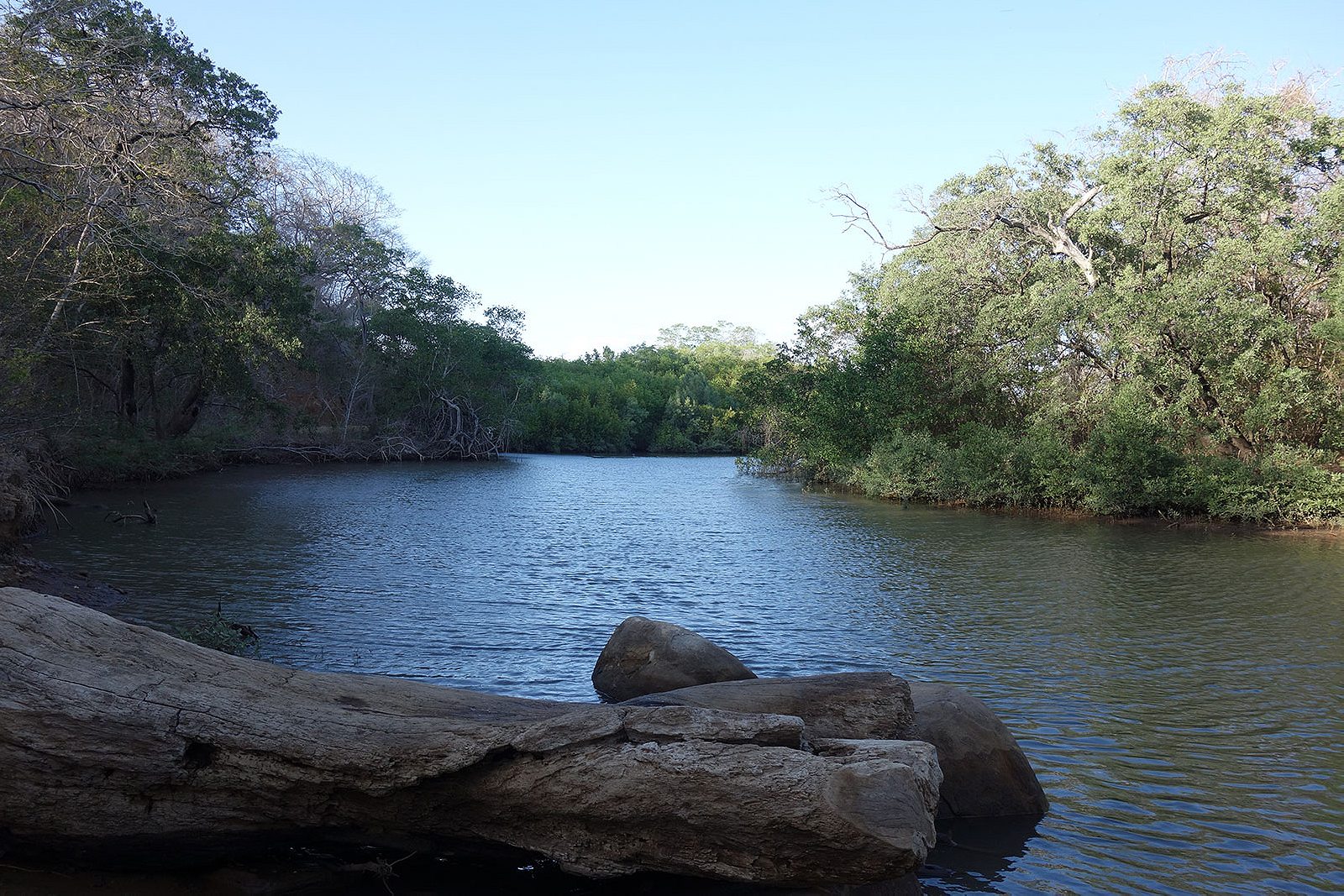
A contract signed by the Nicaraguan government gives HKND, a mysterious private infrastructure development firm based in Hong Kong but registered in the Cayman Islands, the power to expropriate landowners within a vaguely designated Canal Zone stretching three to five miles wide on either side of the proposed route. A retrospective rewriting of the Nicaraguan Constitution ensures that local people—who just a few decades ago fought side by side with the socialist Sandinistas in a series of civil wars to obtain more equal distribution of land—have no legal right to challenge their fate.
The small fishing village of Playa Gigante is situated roughly four miles north of Brito, the proposed Pacific entry point of the canal and is therefore considered inside of the Canal Zone.
Felipe Umaña, a fisherman who has lived in Playa Gigante all his life, is philosophical on the subject. “We are very poor here,” he says. “We risk our lives on dangerous fishing trips and we barely make enough to get by. Maybe the canal could lift us from poverty.”

Nicaragua is the second poorest country in the Western Hemisphere—above only Haiti in terms of GDP—and President Daniel Ortega claims the project, planned as a competitor to the century-old Panama Canal, will double economic growth, improve infrastructure, and create 250,000 new jobs. But those opposed to the 172-mile waterway fear the economic benefits will pale in comparison to the social, environmental, and ecological costs of the project.
There are also concerns that, due to the all-encompassing nature of the concession, which allows HKND to “design, develop, engineer, finance, construct, possess, operate, maintain and administer” the canal project for 50 to 100 years, most of the economic gains will be directed to the Chinese investment company rather than the people of Nicaragua.
Standing barefoot on a sandy path behind the beach, Umaña skillfully spins a crab line through last night’s fishing net. “Sometimes, I feel like a spider,” he chuckles, causing thick creases to appear across his face. “Every day I fix the rips and tears in this net and every night the fish rip new holes in it. I’m forever spinning new nets.”
The tides of the sea, the coming and going of the fishing boat, the spinning of new nets: This is the rhythm to Umaña’s life here in Playa Gigante. But life in such a remote destination is not always easy. Umaña makes just about 60 cents per pound from the fish he brings in; the bulk of the profits go to the distributors, who transport the fish to the department capital of Rivas 20 miles away.
Twenty miles may not sound like a lot, but the journey from Rivas to Playa Gigante is an arduous one. The first 10-mile stretch is easy enough by Nicaraguan standards. There is a two-lane concrete road wide enough for souped-up yellow, orange, and blue American school buses with chrome embellishments and Jesus Cristo stickers to overtake one another. Pickup trucks filled with dozens of workers, oxen, and sacks of rice squeeze past in the opposite direction.
The concrete dissolves into light brown dust and the road thins considerably for the next five miles. Families of spider monkeys swing across trees overhead, sporadic hamlets of metal shacks with Coca-Cola, Toña (a Nicaraguan beer), and Claro (a Latin American telecoms company) banners flank the path. Children play soccer on dry muddy pitches, complete with miniature wooden bleachers that serve as cockfighting stands on the weekend.
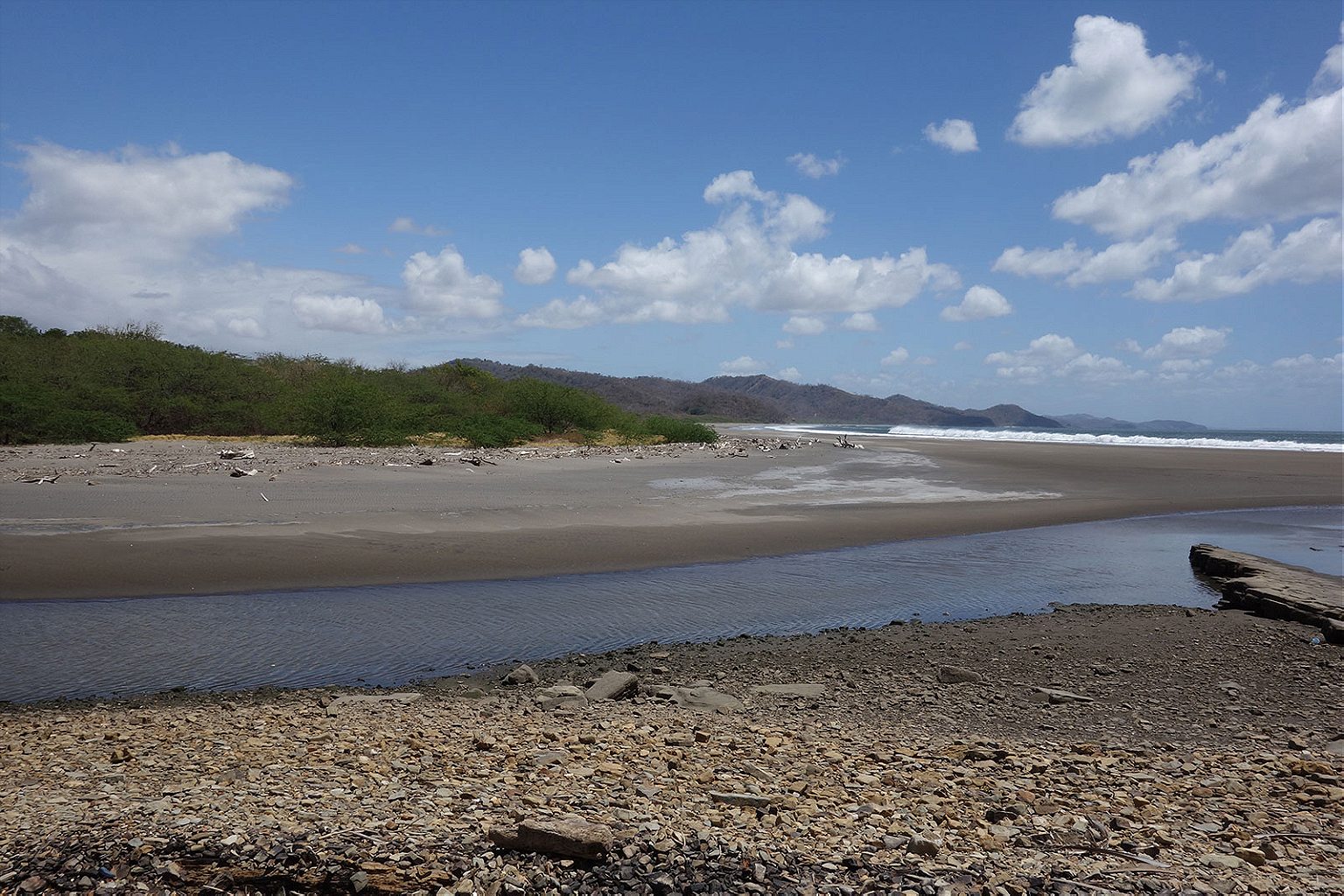
The final five miles more resemble a dried-up river following an avalanche than a road. Even with four-wheel drive and an extremely loose suspension, the boulders, troughs, and tree roots punish the underside of the bonnet, leaving vehicles rocking like fishing boats trapped in a tempest. Two brave buses ply the route each day to take local children to school.
Construction of the canal, billed by HKND as “the largest civil earthmoving operation in history,” has not yet begun due to funding issues and environmental concerns. Indeed, the excavation of hundreds of miles of land will destroy about 400,000 hectares of rainforests and wetlands, including parts of the Mesoamerican Biological Corridor, which acts as a natural land bridge from South to North America for wandering animals such as ocelots and jaguars.
The dredging of Lake Nicaragua—the largest freshwater basin in the Central American isthmus—is another controversial issue. Scientists believe that attempts to deepen the lake for large tankers could bring up enough mud and dirt to cover the entire state of Connecticut. The dredging could threaten the existence of many indigenous fish including a rare species of freshwater shark. Campaigners are still waiting for an environmental impact report to be published.
Despite these concerns a new smooth dirt road has already been built in preparation to connect a tiny settlement at the mouth of the river Brito to the rest of the country.
One thing you quickly realize in Nicaragua is that everything can be bought. The laws are malleable. Caught drunk driving out of a nightclub in the capital Managua with a beer in your hand? Pay the security guard $1. Want to make sure you’re parked car isn’t broken into in the colonial city of Granada? Pay the man watching from a deckchair $2. Caught by the police on the highway with no driving license? Pay the cop $4. It’s as simple as that.
The problem is that this malleability stretches through all strata of society and often leads to corruption. And with huge infrastructure projects like the canal there is scope for profound levels of corruption.
For example, while the residents of Playa Gigante and other settlements within the Canal Zone fret about their futures, Carlos Pellas, Nicaragua’s first billionaire and close ally of President Ortega, is building a new airport in the region to help attract international clientele to his marquee five-star holiday complex, Guacalito de la Isla. Although Guacalito is situated within the Canal Zone, Pellas’ ongoing expansion suggests that he does not expect to receive an eviction notice when construction of the waterway begins.
The Chinese come here to destroy the land that I work on.
And then there’s the case of the ill-reputed concession that violated 40 articles of the Nicaraguan Constitution and was rushed through the National Assembly in under a week. Suspiciously, Xochilt Ocampo, the only Sandinista lawmaker to vote against the bill, was sacked without explanation the following week.
At a papaya farm close to the river Brito four men, all from the same family, sit on plastic chairs under a wooden shelter and share a couple of bottles of cheap but potent rum. A hen and her chicks strut around the sandy floor, where bottle caps, Barbie dolls, and children’s shoes lie. “We don’t trust the Chinese,” one of the farmers announces, taking a swig from the bottle. “We don’t want to move,” another says, more seriously. “We want to live here as long as the lord allows us, until he puts us in the ground.”
As the farmers become drunk their distaste for “los Chinos” becomes clear. The first farmer takes off his shirt to reveal a spindly body and starts stumbling around in the sand, as if controlled by strings from above, a routine he says annoys the Chinese when they ask him to help survey the land. The more serious one argues that Daniel Ortega and the Sandinista government are not to blame. “Daniel will not be rude to Nicaraguans,” he says. “What I really want is the land that I work on. The Chinese come here to destroy the land that I work on.”
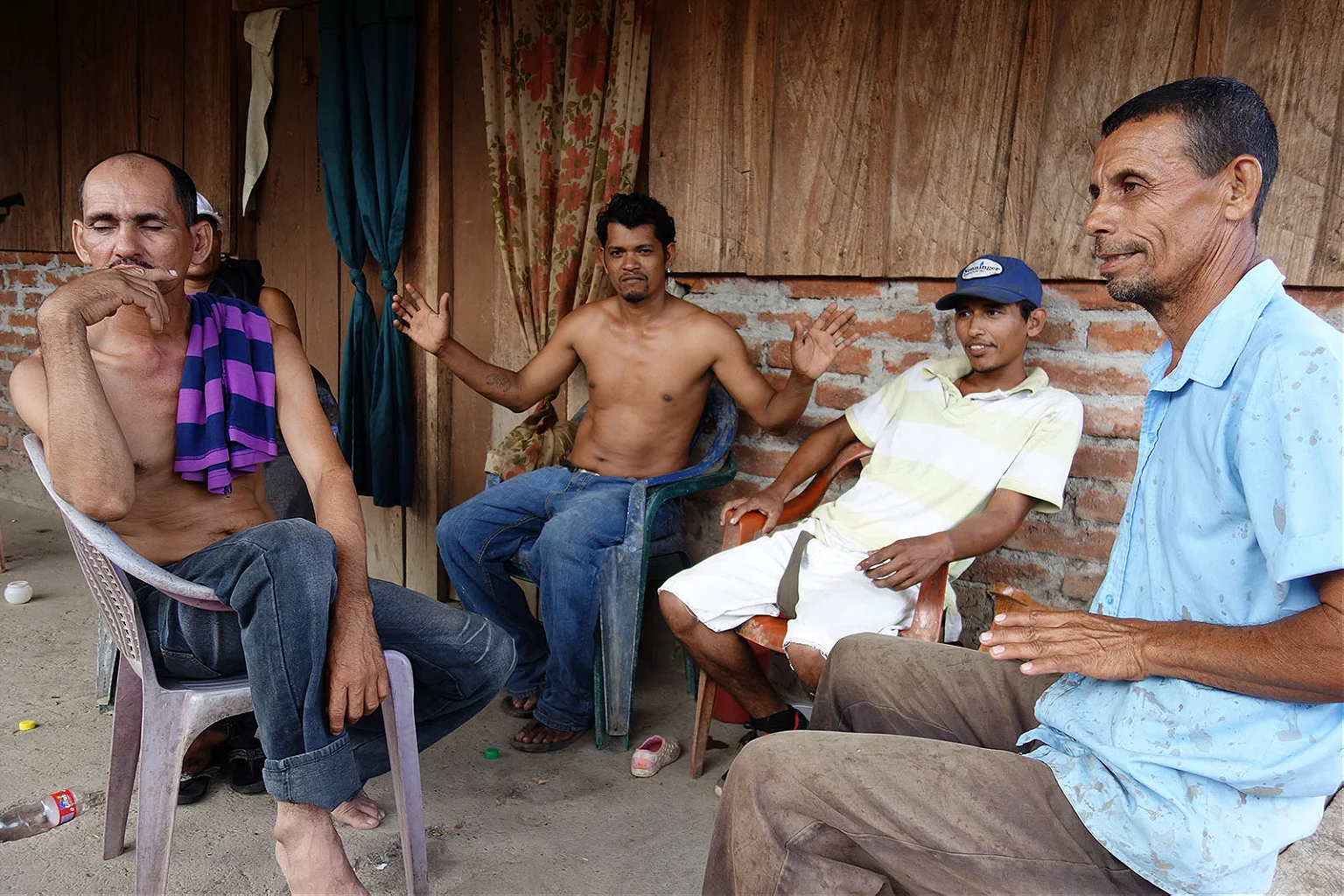
Just as the people of Nicaragua were denied a say in the contract that granted HKND rights to oversee the construction of the canal, and just as the citizens are being denied access to environmental reports, the people most affected by the canal are not being given adequate information about what’s going to happen to them.
At the settlement of Brito, where gentle streams and verdant crocodile shallows end and the river meets a vast tidal estuary, the lack of effective communication is clear.
The tide is out today, revealing a number of snake holes in the silty sand. There are a dozen or so young naval officers in gray camouflage shirts listening to reggae music from an old ghetto blaster to the left of the estuary, and there are about a dozen or so shacks handmade from wood and bricks with corrugated iron roofs on the right.
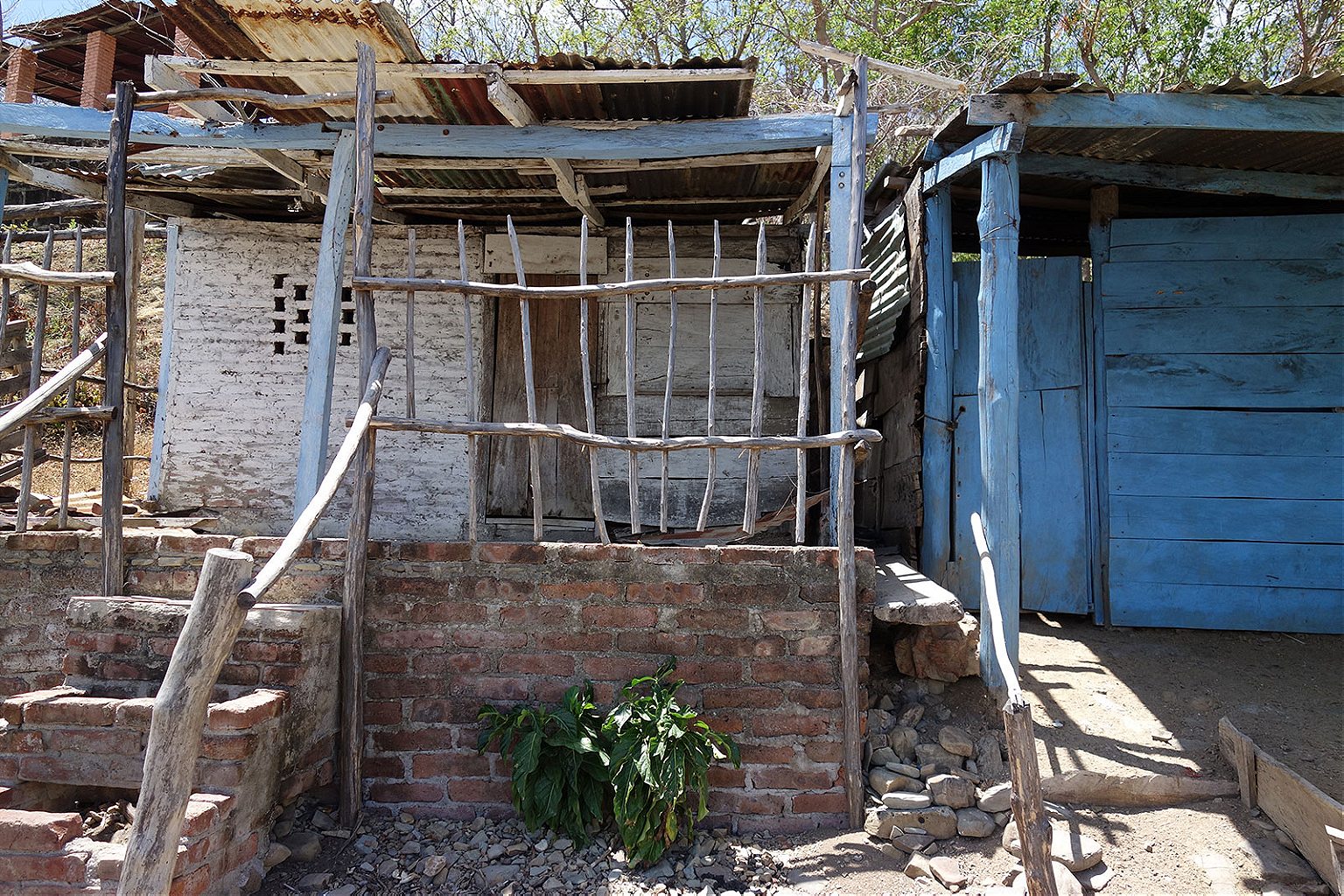
Most of the villagers are strangely reluctant to speak about the canal, but Jose Enoc Rodriguez, a short fisherman with strong arms and piercing eyes, standing defiantly in front of his humble home, agrees to talk.
Rodriguez says that he’s happy about the canal. “The Chinese have employed me to work here,” he says matter-of-factly. “They pay well. I have lived here for years in isolation but now we have a road. The canal has put Brito on the map. I have no problem with the canal. When it is built I will continue to fish here. That’s what we want, to always be fishermen.”
It’s hard to imagine what Brito will be like when the canal is finished: the vast and vacant bay filled in with concrete, the gentle sound of the waves drowned out by foghorns, the fresh salty air contaminated with engine oil. But imagining the villagers in their weathered wooden boats sharing the waters with titanic “Triple E” cargo ships longer than the Empire State Building is even harder still.
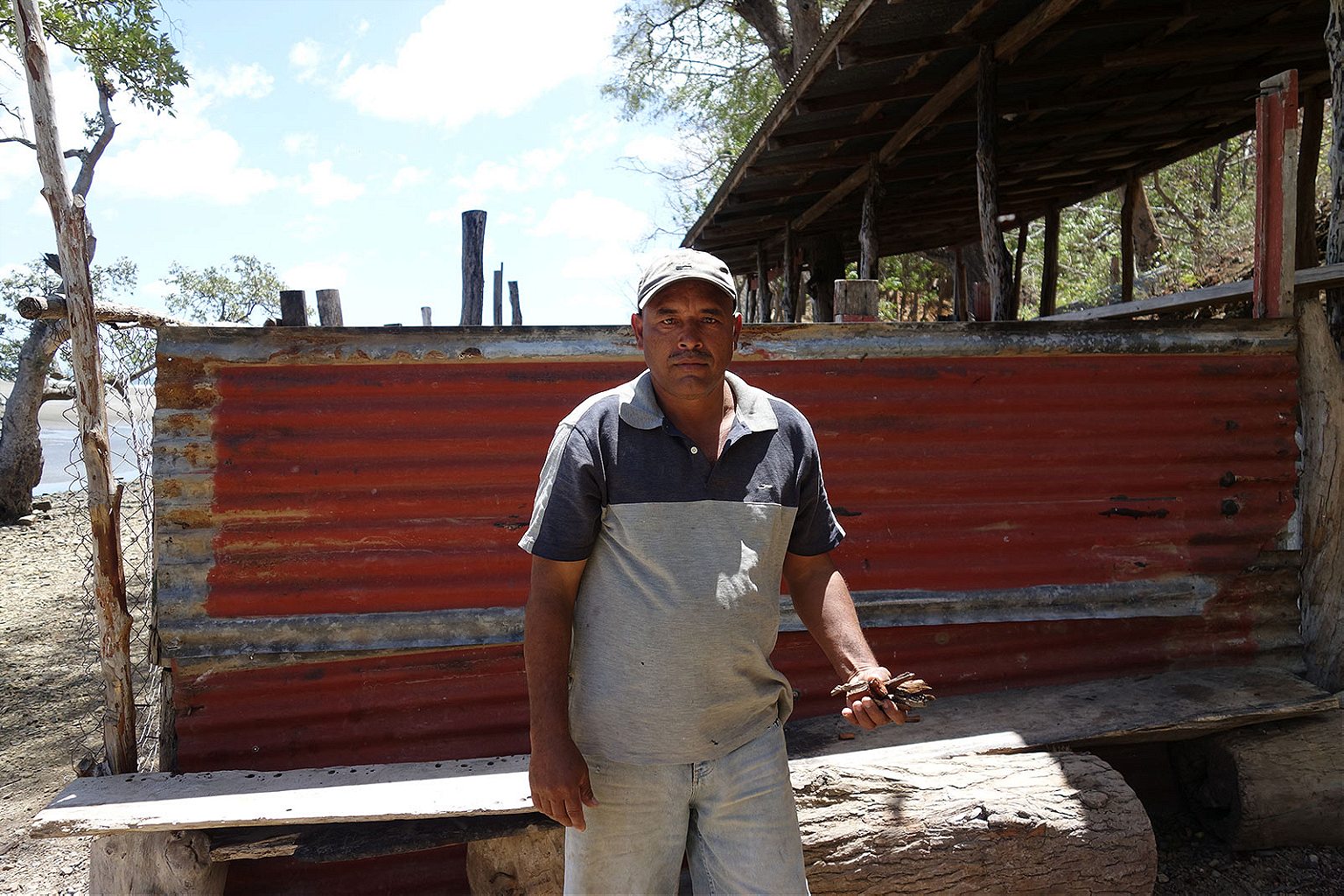
Back in Playa Gigante, Umaña says the Nicaraguan Army and Chinese officials have visited the village to measure people’s homes.
“They said we would be given a new home exactly the same size in Masaya,” he says, referring to a city 60 miles inland from Playa Gigante. “But what am I going to do in Masaya? You can’t fish in Masaya.”
Masaya, with its Gothic Spanish fort, concrete roads, and 16th-century Baroque churches, is a world away from the warm sands and white breakers of the beach. It is Nicaragua’s third most populous city, and although it has a large lagoon, the water is heavily polluted due to poor waste management.
“We’ll have to see how the government handles this,” Umaña says. “If there’s going to be massive movements of families to other places, fishermen removed from their land close to the coasts, are they going to build a train to carry people, machinery, motors, and boats to the shoreline every day?”
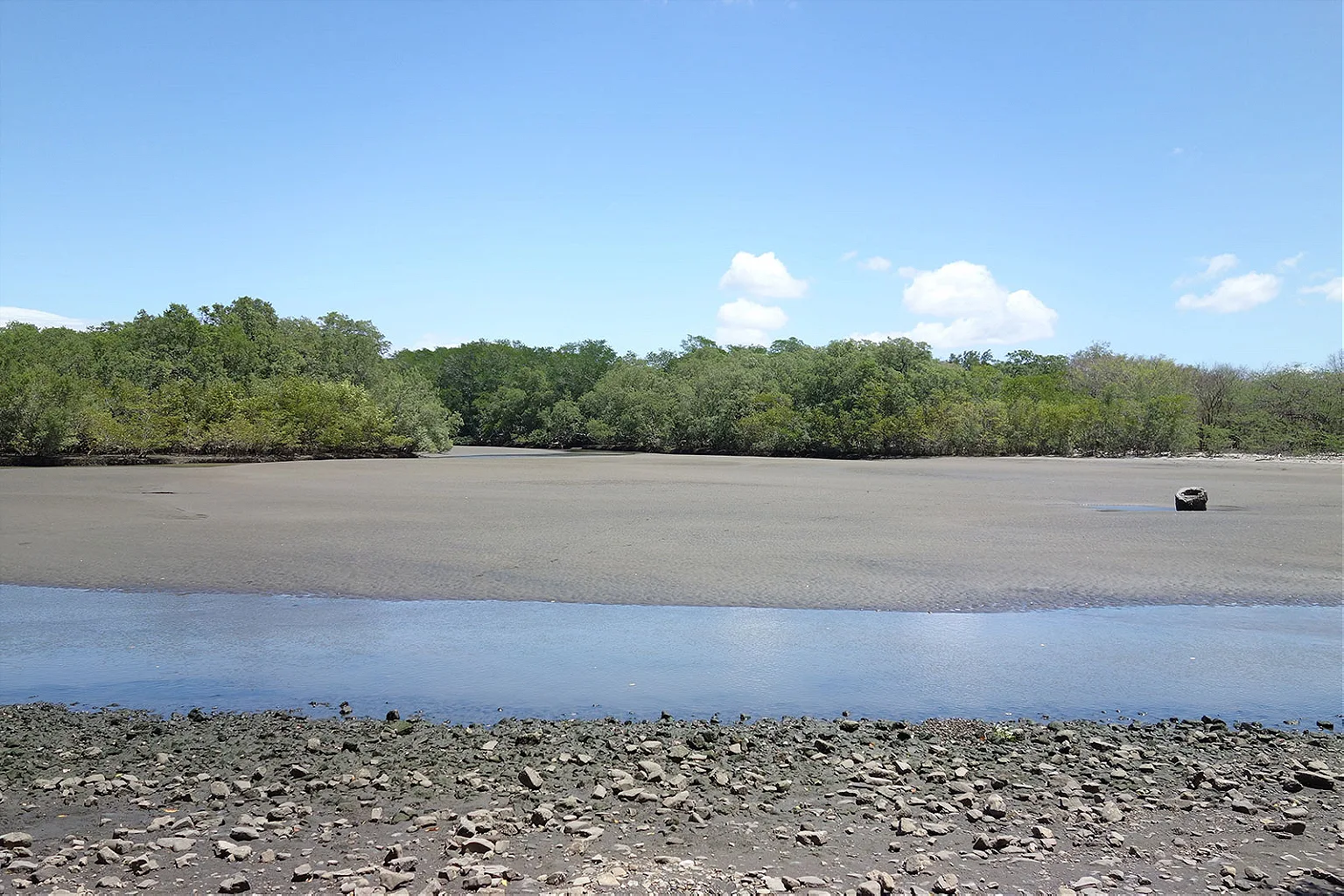
Other villagers are reluctant to talk about the canal. They stiffen up and become uncomfortable at the mention of the army or the Chinese. They deny that anybody connected with the canal or the Sandinista government has visited the village, despite what Umaña told me.
Later, a young American expat who is volunteering at a local school tells me that people have been threatened and are afraid to talk about visits from soldiers and Chinese officials due to fears of repercussion. “At least two people have already been killed for protesting against the canal,” he says, scanning the battered muddy path for eavesdroppers.
When we reach the house of his host, a 40-year-old mother of four with dark hair, dark eyes, and a round face, she is sitting beside a window in the living room. She agrees to talk but not to give her name because she fears the authorities may evict her from her home without payment if she is seen to be a dissenter. Her youngest two sons wolf down bowls of gallo pinto, a Nicaraguan dish of rice and beans, in front of a square television set.
“There were four or five of them, they were very aggressive,” the mother says of the army personnel and Chinese officials who visited her. “They told me they needed to measure the house and garden. I asked them why and they told me that Playa Gigante was being evicted to make way for the canal. I felt intimidated and when they left I couldn’t stop crying for three days.”
Her eyes started to well: “I don’t want to move to another place. I was very much afraid. This is my home. I’ve lived here all my life. I love this village.”

While people living rurally with access to very little information about the project struggle to make sense of the canal, academic circles in the capital Managua and the wealthy colonial city Granada have a different, less involved but more cynical, take. Having learned in history classes at school that everyone from Spanish explorers to French presidents and U.S. engineers have tried and failed to build a canal across Nicaragua, they do not hold much hope for the latest proposal being finished.
However, they have a theory that this canal project, the 73 so far, is actually a conspiracy to grab swaths of land in desirable areas in order to develop lucrative tourism facilities akin to those found south of the border in Costa Rica and Panama. They believe President Ortega plans to steal the land that people fought alongside his Sandinista party to obtain and use HKND money to pay crony contractors to build roads, shopping centers, airports, and luxury hotel complexes on it.
Whether the land grab conspiracy theorists are right or not remains to be seen. But either way the people of Playa Gigante look set to lose out.
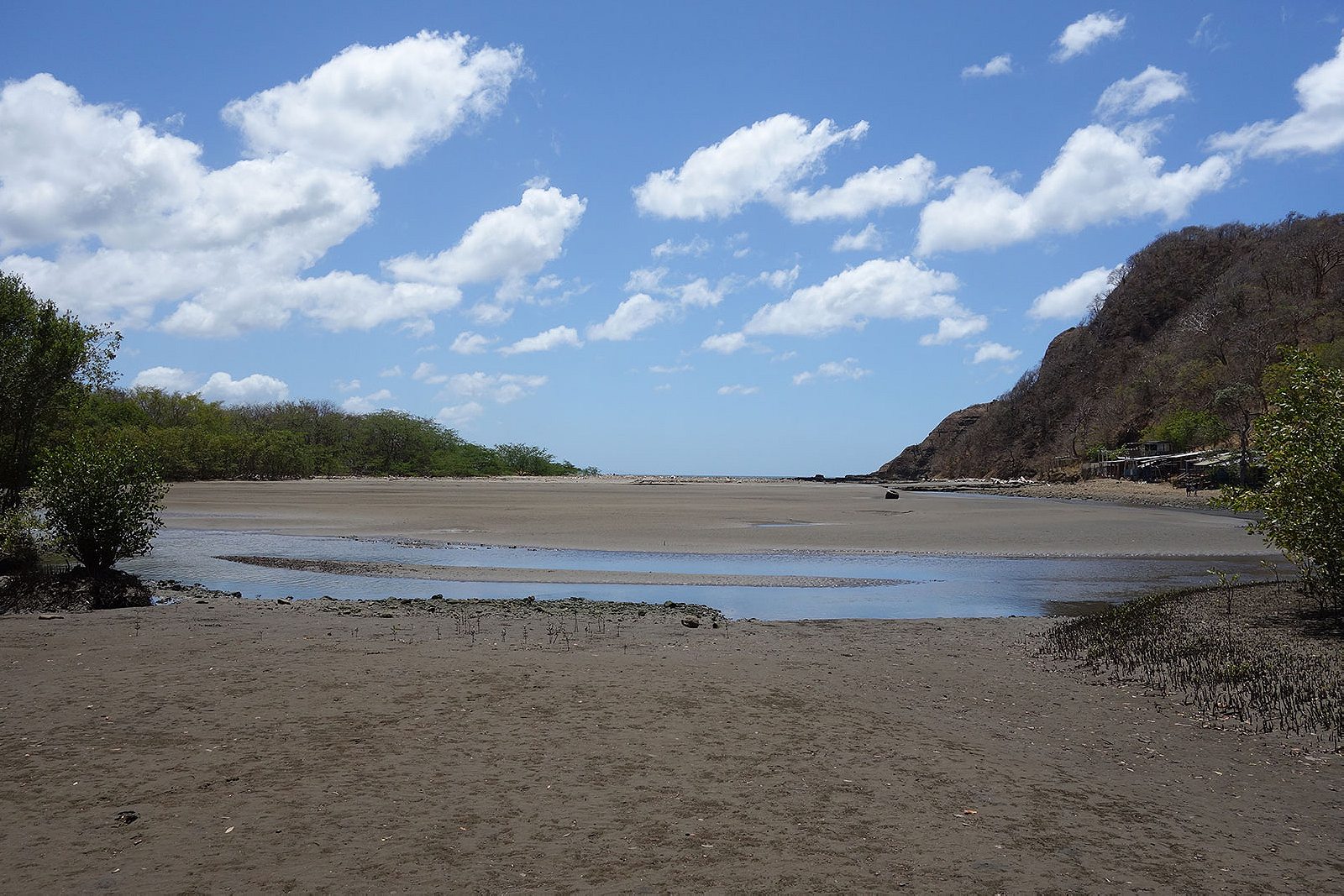
It’s midnight and the beach at Playa Gigante is illuminated by a full moon. Crabs walk the sand, their tracks washed away with each foamy wave. A few surfers play guitar beside a campfire. Teenage couples sitting on thin blankets are sipping from bottles of beer as they watch the silver shimmer of moonlight bounce off each gentle wave.
Umaña and the fishermen are loading up the boats, ready to launch another fishing trip. For now at least, life in Playa Gigante goes on as it always has.
